Malaysian Bak Kut Teh, a beloved herbal soup dish, is as much a culinary delight as it is a testament to the country’s rich cultural heritage. At its core, the dish relies on a carefully curated blend of herbs and spices that not only impart its signature aroma and flavor but also offer numerous health benefits. The art of selecting and balancing these ingredients has been passed down through generations, with each family or restaurant often guarding their unique recipes closely.
The foundation of Bak Kut Teh’s herbal profile lies in traditional Chinese medicine principles, which emphasize harmony and balance. Key herbs such as dang gui (angelica sinensis) and yu zhu (polygonatum odoratum) are frequently used for their warming properties and ability to nourish the blood. These are often paired with chuan xiong (ligusticum wallichii), known for its ability to promote circulation and relieve pain. The combination creates a robust base that is both invigorating and soothing.
Another critical component is the use of star anise and cinnamon bark, which contribute to the soup’s distinctive sweetness and depth. These spices are not just flavor enhancers; they also aid digestion and have antimicrobial properties. The inclusion of licorice root adds a subtle sweetness while helping to harmonize the other herbs, ensuring no single flavor overpowers the dish. This careful layering of tastes is what makes Bak Kut Teh so complex and satisfying.
In addition to the primary herbs, many recipes incorporate dried citrus peel, typically from mandarins or tangerines, to introduce a bright, citrusy note that cuts through the richness of the pork. Some variations also include goji berries for a touch of sweetness and a boost of antioxidants. The choice of herbs can vary depending on regional preferences—for instance, Teochew-style Bak Kut Teh tends to be lighter and more peppery, while the Klang version is darker and more herbal.
The preparation of the herb blend is just as important as the selection. Traditionally, the herbs are simmered for hours to extract their full potency, resulting in a deeply aromatic broth. This slow cooking process allows the flavors to meld seamlessly, creating a soup that is both nourishing and comforting. Modern adaptations sometimes use pre-packaged herb sachets for convenience, but purists argue that the depth of flavor achieved through traditional methods is unmatched.
Beyond its culinary appeal, Bak Kut Teh is often enjoyed for its perceived health benefits. Many of the herbs used are believed to strengthen the immune system, improve circulation, and even alleviate fatigue. In Malaysia, it’s not uncommon to hear locals touting the soup as a remedy for colds or a tonic for recovery. While scientific studies on these claims are limited, the longstanding cultural belief in the dish’s restorative powers speaks volumes about its place in Malaysian society.
What makes Bak Kut Teh truly special is its adaptability. While the core herbs remain consistent, cooks often tweak the recipe to suit personal tastes or seasonal needs. In colder months, for example, more warming herbs like ginger or black pepper might be added, while in warmer weather, lighter herbs such as chrysanthemum could be included to balance the heat. This flexibility ensures that the dish remains relevant and beloved across generations.
Today, Bak Kut Teh continues to evolve, with chefs experimenting with new herb combinations or even vegetarian versions of the dish. Yet, the essence of the recipe—its reliance on time-honored herbal wisdom—remains unchanged. Whether enjoyed in a bustling street-side stall or a high-end restaurant, the dish stands as a delicious bridge between tradition and modernity, offering a taste of Malaysia’s vibrant culinary landscape in every bowl.
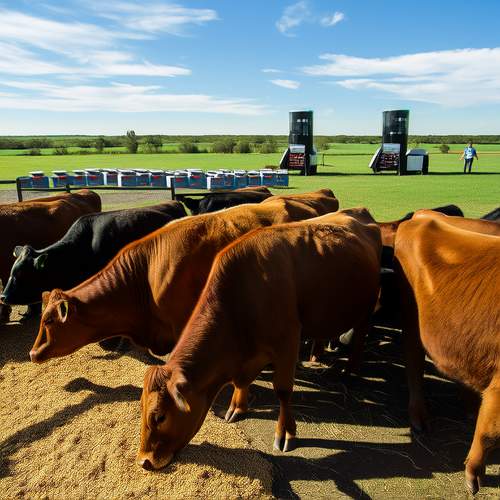
By /May 26, 2025

By /May 26, 2025

By /May 26, 2025
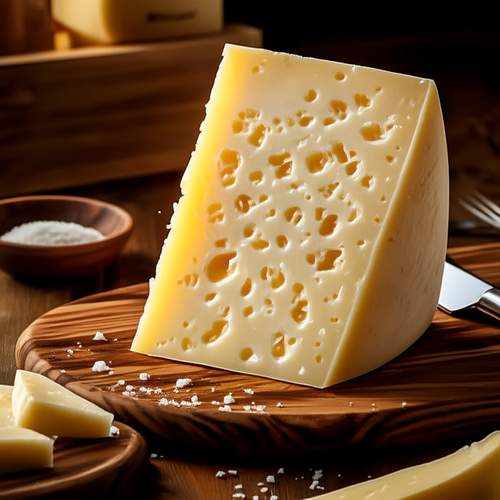
By /May 26, 2025
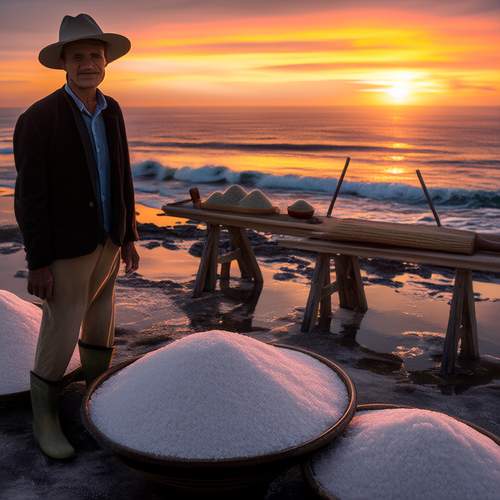
By /May 26, 2025
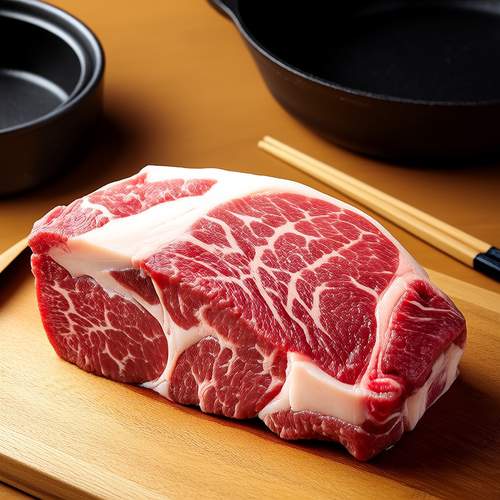
By /May 26, 2025
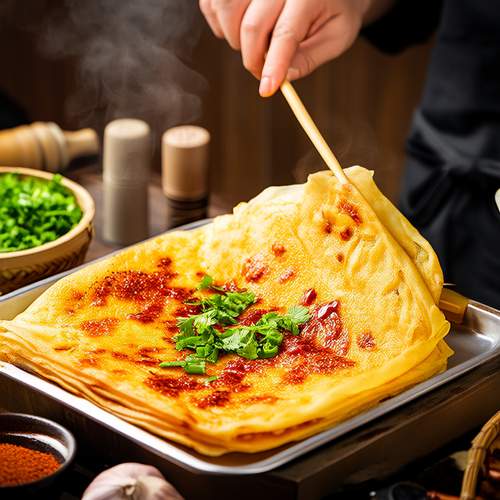
By /May 26, 2025
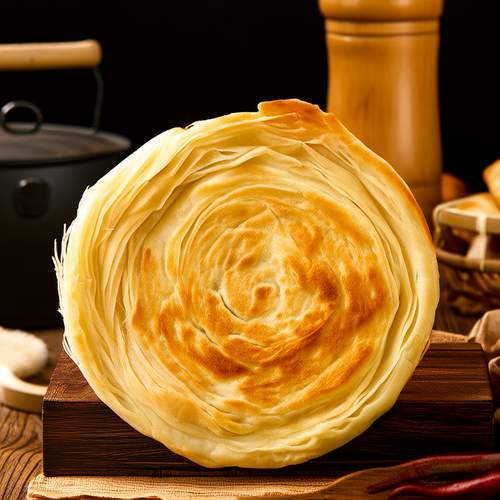
By /May 26, 2025

By /May 26, 2025
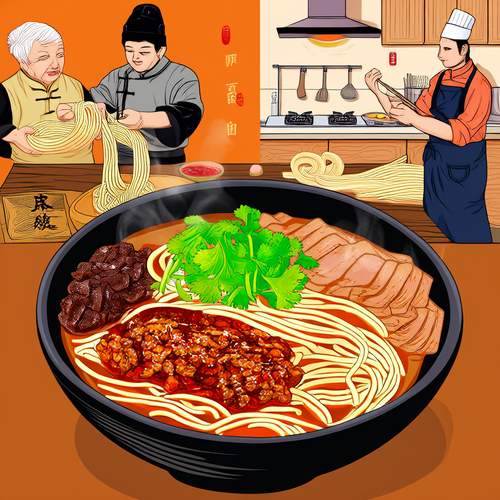
By /May 26, 2025

By /May 26, 2025
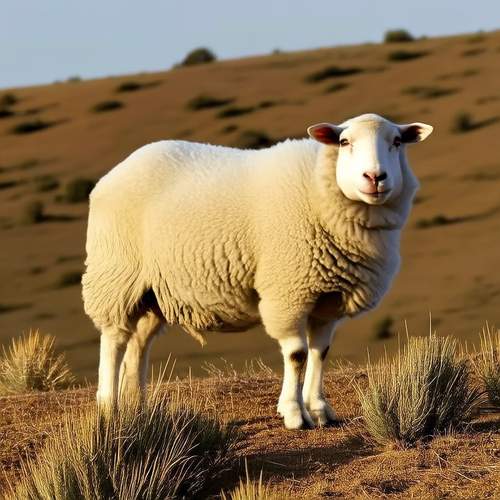
By /May 26, 2025
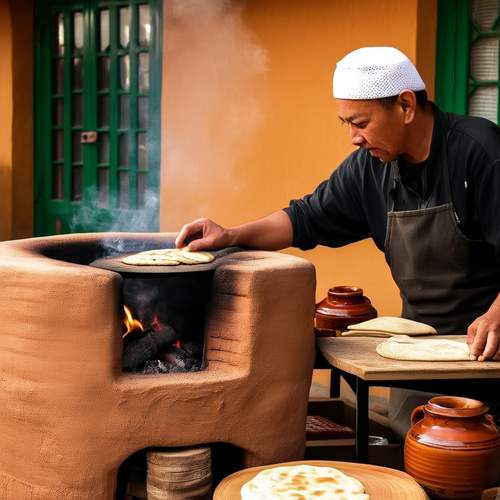
By /May 26, 2025
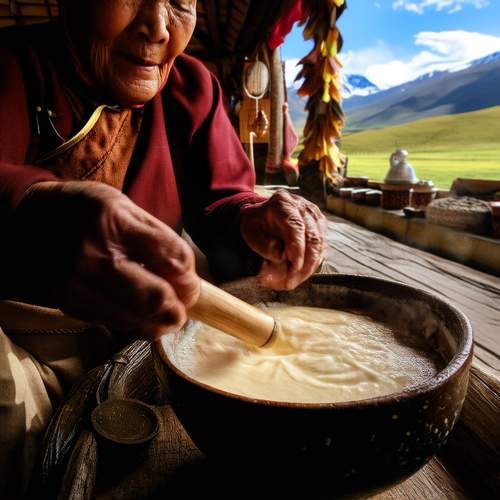
By /May 26, 2025
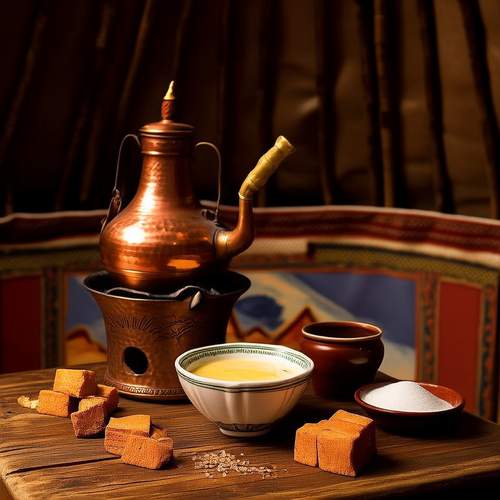
By /May 26, 2025
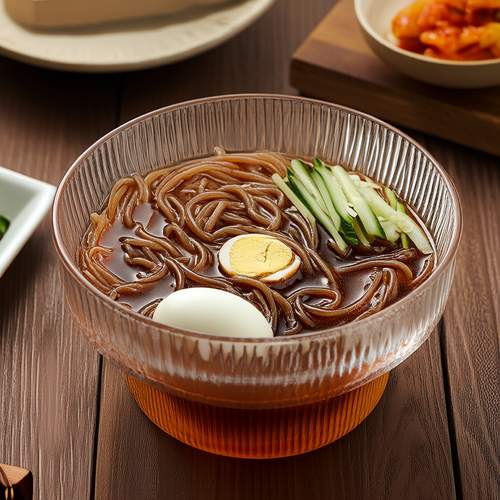
By /May 26, 2025

By /May 26, 2025
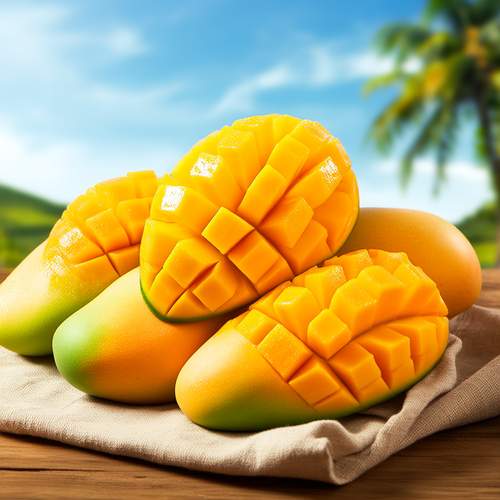
By /May 26, 2025
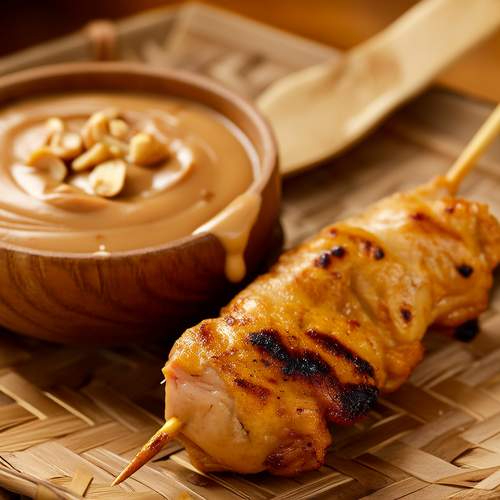
By /May 26, 2025
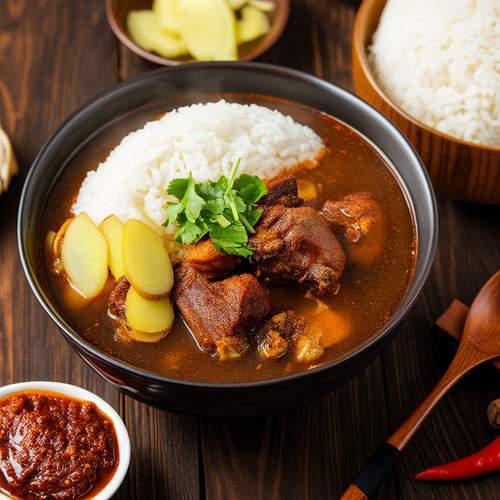
By /May 26, 2025